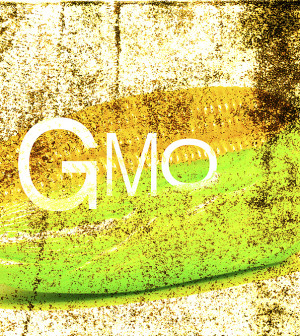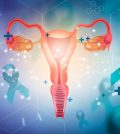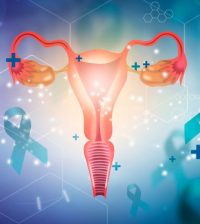- Double Mastectomy May Offer No Survival Benefit to Women With Breast Cancer
- Toxic Lead Found in Cinnamon Product, FDA Says
- Certain Abbott Blood Sugar Monitors May Give Incorrect Readings
- Athletes Can Expect High Ozone, Pollen Counts for Paris Olympics
- Fake Oxycontin Pills Widespread and Potentially Deadly: Report
- Shingles Vaccine Could Lower Dementia Risk
- Your Odds for Accidental Gun Death Rise Greatly in Certain States
- Kids From Poorer Families Less Likely to Survive Cancer
- Tough Workouts Won’t Trigger Cardiac Arrest in Folks With Long QT Syndrome
- At-Home Colon Cancer Test Can Save Lives
Genes Tied to Curvature of Spine in Kids


Scientists say they’ve identified two rare genetic mutations that greatly increase a child’s risk for severe scoliosis — curvature of the spine.
Children with these mutations have a quadrupled risk of developing s-shaped curves in their spines that are serious enough to require surgery, according to the team at Washington University School of Medicine in St. Louis.
“We’ve had a difficult time finding ways to predict who will develop severe scoliosis, and these newly identified mutations have the potential to be very helpful,” study senior author Dr. Christina Gurnett, an associate professor of neurology, said in a university news release.
The mutations occur in genes called fibrillin-1 and fibrillin-2. Drugs that block a major growth pathway controlled by these genes are currently being tested in clinical trials. If the same pathway is involved in scoliosis, these drugs may help prevent scoliosis in some children with the mutations, the researchers explained.
About one in 10,000 children has such severe scoliosis that surgery is required to correct the spinal curvature.
“These children often don’t have any curvature of the spine early in adolescence, but then they go through a growth spurt, and that’s when the curve appears,” Gurnett said. “Others have tried to predict severe disease using gender, age of onset and type of spine curve but haven’t been very successful.”
For the study, the researchers analyzed the DNA of hundreds of scoliosis patients and people without the condition. The findings were published online recently in the journal Human Molecular Genetics.
“We want to create a genetic testing panel that we can use to more accurately predict who will need treatment,” Gurnett said. “If we can develop effective treatments and apply them early enough, we might one day be able to prevent the need for surgeries.”
More information
The U.S. National Institute of Arthritis and Musculoskeletal and Skin Diseases has more about scoliosis.
Source: HealthDay
Copyright © 2024 HealthDay. All rights reserved.










